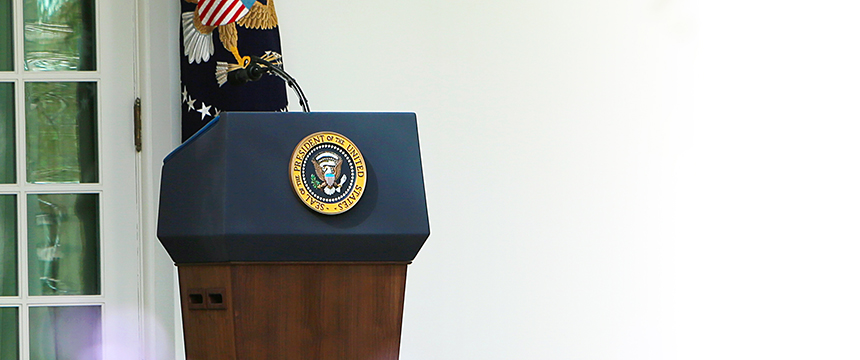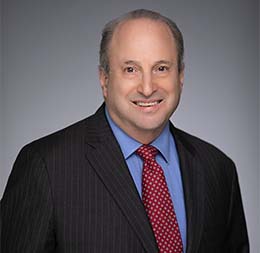
In the Executive Order on An America-First Healthcare Plan, issued September 24, 2020, President Trump addressed, among other health care issues, the issue of surprise billing (also sometimes characterized as “balance billing”). The Executive Order is more of a messaging document than a substantive document, but does underline the continuing interest in the issue.
What is surprise/balance billing?
Surprise billing occurs when an insured patient receives care from a provider that is out of the individual’s insurance network. How much the patient is charged is nuanced because there are two components: (1) higher cost-sharing requirements from insurance companies for out-of-network (OON) versus in-network care, and (2) if the insurer’s rate does not cover the provider’s full rate, the OON provider can bill the patient directly for the remainder (unless state law prohibits that billing).
What is the background impacting surprise/balance billing?
Emergency service providers are expected to treat all patients without regard to a patient’s insurance coverage based in part on federal and state laws like EMTALA. Because of the patient population, emergency service providers were often OON because the OON payments by the insurance plans were more advantageous and being OON offered providers the ability to balance bill patients if the insurance plan payments did not cover their costs.
There are some patient protections for balance billing originating in the Affordable Care Act, but those protections are limited to services specifically and narrowly defined as “emergency services.” States have also addressed balance billing in a piecemeal fashion.
For several years, there has been federal legislation under consideration to prohibit balance billing nationally. Currently, there are at least seven bills outstanding—HR 5826 (Consumer Protections Against Surprise Medical Bills Act); HELP/Energy & Commerce Compromise; HR 5800 (Ban Surprise Billing Act); S1895 (Lower Health Care Costs Act); HR3630 (No Surprises Act); S1531 (STOP Surprise Medical Bills Act); and HR3502 (Protecting People from Surprise Medical Bills Act). The pending federal legislation prohibits balance billing for all emergency care and most bills would prohibit balance billing for non-emergency services where treatment is at an in-network facility by an OON provider. Under the pending legislation, patients are responsible for in-network cost-sharing that counts toward deductibles. Most of the bills create a federal benchmark based on median in-network rates by payer, and if there is a dispute, there are arbitration provisions that can be followed.
What does the Executive Order do?
The Executive Order does nothing to the current laws. However, the Executive Order does reference the Trump Administration’s position, specifically, the four principles noted in its May 9, 2019 Fact Sheet entitled, “ President Donald J. Trump Wants to Protect Patients and Their Families from Surprise Billing.” Those principles were:
- Patients receiving emergency care should not be forced to shoulder extra costs billed by a care provider but not covered by their insurer.
- Patients receiving scheduled care should have information about whether providers are in or out of their network and what costs they may face.
- Patients should not receive surprise bills from OON providers they did not choose.
- Federal healthcare expenditures should not increase.
The Executive Order then notes that Congress has failed to act, and in the absence of congressional action, the Administration “has already taken strong and decisive action to make healthcare prices more transparent,” including the following:
- A June 24, 2019 Executive Order calling for regulations requiring hospitals to publish their real price for services and publicly display, in a consumer-friendly way, prices for at least 300 different common services that are able to be shopped in advance.
- An April 20, 2020 requirement by the Administration for providers to certify as a condition for supplemental COVID-19 funding, that they would not seek to collect out-of-pocket expenses from a patient in an amount greater than what the patient would have otherwise been required to pay for in-network care.
- The HHS Health Quality Roadmap, released on May 15, 2020, to empower patients to make informed decision about healthcare.
- The Administration’s implementation of “site neutral” payments between hospital outpatient departments and physician offices.
Some of these efforts are not surprise/balance billing-related in the traditional sense, but do speak to transparency of pricing and patient choice, which are some of the concerns around surprise billing.
What are next steps?
The Trump Administration wants legislative action on surprise billing, as does House Speaker Nancy Pelosi. Negotiations on legislation remain ongoing between members of the Senate HELP Committee, the House Energy and Commerce and Ways and Means Committee, and the Speaker’s office. The odds are poor, but not impossible, that legislation will pass this year. There is a wide gulf between the Ways and Means Committee, which is more favorable towards providers, and the leadership of the House Energy and Commerce and Senate HELP Committees, whose legislations skews more towards insurance carriers. We are closely monitoring the issue.

